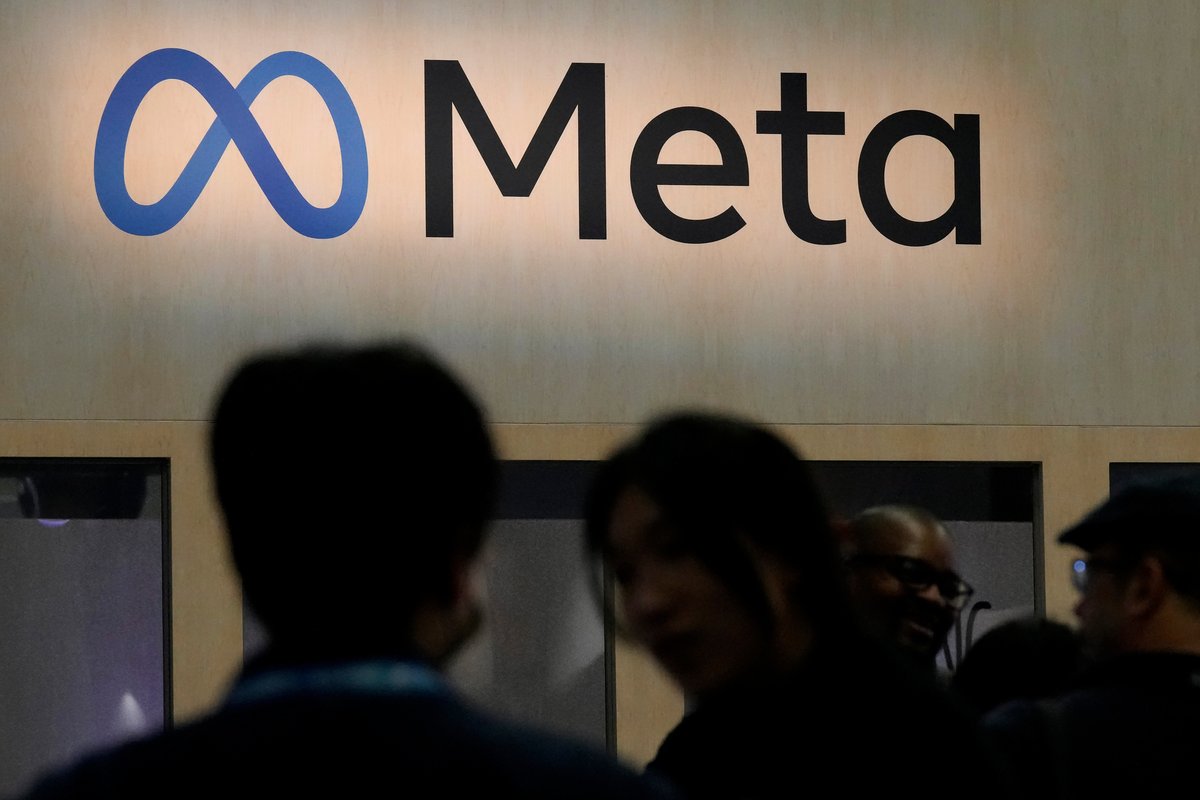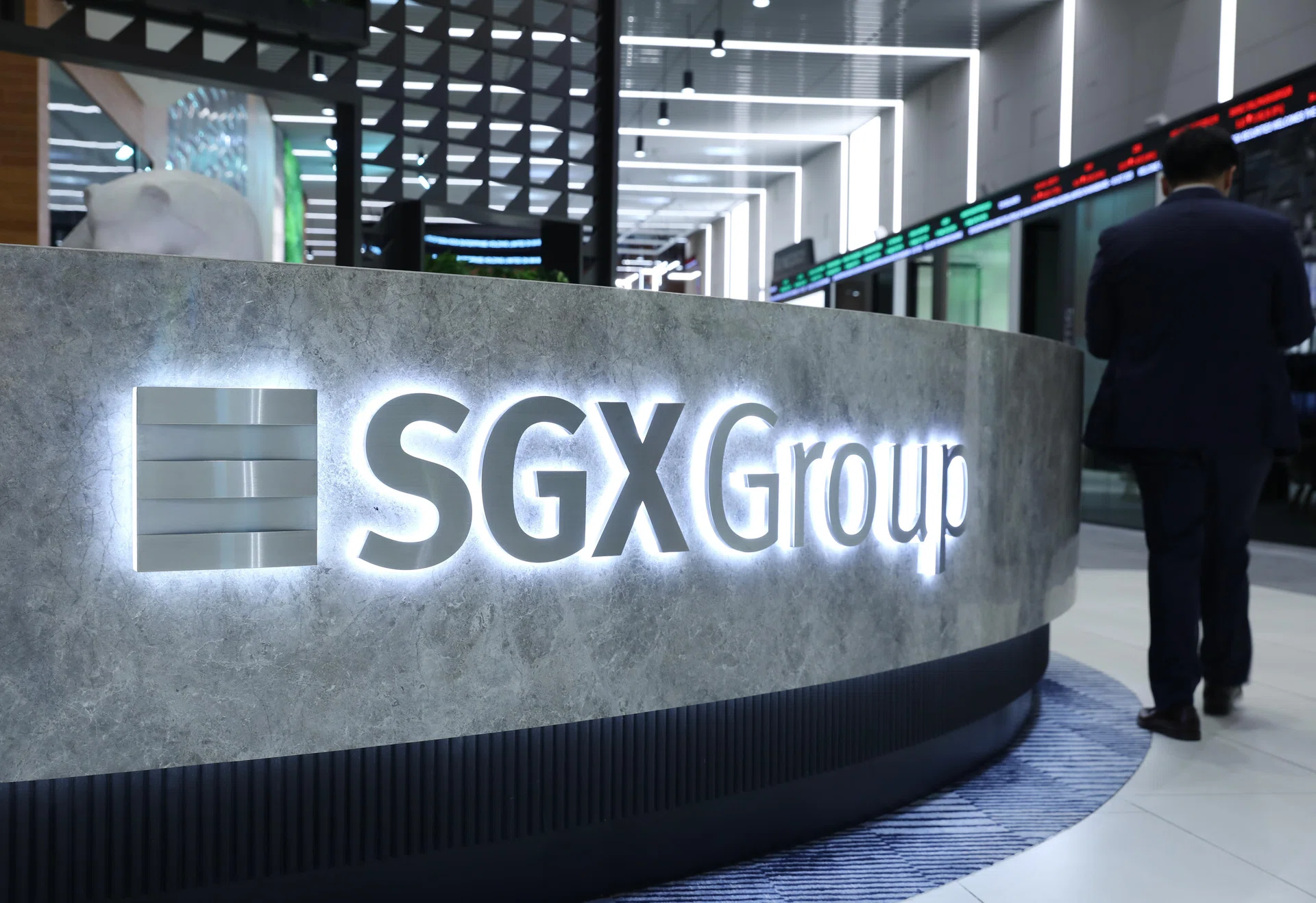Jun 22, 2023
South African rand flattened; Sterling seesaws after inflation data
Reuters: The South African rand flattened on Wednesday, recouping some losses from early trading after data showed consumer inflation had slowed more than expected in May. South African rand flattened At 1530 GMT, the rand traded at 18.3850 against the U.S. dollar, close to its previous close of 18.3825. The U.S. dollar was trading about 0.16% weaker against a basket of global currencies. South Africa’s consumer inflation slowed to 6.3% year on year in May from 6.8% in April, data showed on Wednesday. Analysts polled by Reuters had predicted it would be 6.5%. “Local markets have cheered this latest moderation in the inflation numbers, with both the rand and local bond market marginally stronger off the back of the announcement,” said Casey Delport, an investment analyst at Anchor Capital. But she added it was “difficult to foresee any further strengthening from these current levels.” ALSO READ: Understanding why South Africans aren’t saving The rand has gained nearly 7% so far this month, recovering to where it was before steep losses in the month of May. South Africa’s benchmark 2030 government bond was stronger, with the yield down 10.5 basis points at 10.720%. On the stock market, the Top-40 and the broader all-share indexes both closed down about 1.5%. British Pound Reuters: Investors on Wednesday ramped up bets on the Bank of England raising interest rates by a hefty half a percentage point on Thursday as inflation failed to fall in May, sending Britain’s two-year borrowing costs to a fresh 15-year. Inflation defied expectations that it would slow and held at 8.7% in May, making British inflation the highest of any major economy once again. Following the data, traders see Thursday’s interest rate decision nearing a coin-toss, pricing in a roughly 40% chance of a 50 basis-point increase to 5%, up from 25% chance on Tuesday. A more conventional 25 bps hike is now seen as a 60% probability. That threw a new curveball at UK markets, as just last week economists polled by Reuters had unanimously expected the BoE to raise by 25 basis points. ALSO READ: DZING Review – An app that Makes Banking Straightforward and Convenient The yield on two-year British government bonds – which are the most sensitive to interest rate expectations – hit its highest since 2008 at 5.117%, before easing to 5.02%, last up 8 bps on the day. “Today’s figures overshot the last set of Bank of England staff forecasts,” said Melanie Baker, senior economist at Royal London Asset Management. “There was already a case for them going 50 bps and the data today supports that case. I would not be surprised if we see a 50-bp rate rise from the Bank of England tomorrow.” Wednesday’s renewed jump in UK bond yields adds to this month’s pain, as the stubbornness of price pressures keeps taking investors and policymakers by surprise. Two-year gilt yields are up 70 basis points this month, far more than German and U.S. peers and on track for their biggest monthly jump since last September, when the “mini-budget” crisis sparked a rout across UK markets that made Liz Truss Britain’s shortest-serving prime minister of modern times. Other analysts said delivering a larger rate rise on Thursday risked further undermining the BoE’s messaging. “Policymakers will face a tricky choice. A reacceleration in the hiking cycle by the MPC tomorrow risks confirming to markets that the BoE has indeed lost control,” said Nick Rees, FX market analyst at Monex Europe. Those sharing the view expect that, rather than a big move on Thursday, the BoE will refrain from pushing back against the additional future rate rises traders are now pricing in. Bets on where BoE rate hikes might peak rose as high as 6% on Wednesday. “The likelihood is more that they hike further into the future rather than increase the increment,” said Richard McGuire, head of rates strategy at Rabobank. ALSO READ: Top 3 richest South Africans in the world – 21 June 2023 Sterling, which is up 2% against the dollar this month supported by bets on higher rates, wobbled following the data. It briefly jumped to $1.2803 but was last down 0.4% to $1.2714. The rise in yields hit UK housebuilders, which were down as much as 3.1%. They were among Wednesday’s biggest fallers across European equity markets, as the jump in borrowing costs fed concerns about rising mortgage costs. The domestically focused FTSE 250 index fell as much as 0.9% to its lowest level in around 11 weeks, while the FTSE 100 fell as much as 0.6%. “The BoE looks like the most likely to overtighten and force recession which is a negative for sterling and stocks,” Rabobank’s McGuire said. U.S. Dollar Reuters: The dollar languished near a one-month low against a basket of currencies on Thursday, after Federal Reserve Chair Jerome Powell stuck to his usual messaging at his semi-annual testimony, offering little room for surprise. Sterling was perched near a one-year high ahead of the Bank of England’s interest rate decision later in the day, with Wednesday’s hot inflation report likely to keep policymakers on their toes. In remarks to lawmakers on Capitol Hill on Wednesday, Powell said further U.S. rate increases are “a pretty good guess” of where the Fed is heading if the economy continues in its current direction. Those comments were in line with what the central bank said at its policy meeting last week. That sent the greenback down nearly 0.5% against a basket of six major peers in the previous session. The U.S. dollar index last stood at 102.05 in early Asia trade, not far from its recent five-week low of 102.00. ALSO READ: Elon Musk’s fortune skyrockets as gap widens atop world’s richest list The euro rose to a more than one-month high of $1.09925, extending Wednesday’s 0.65% jump. “Markets had priced a lot of hawkishness from Powell prior to his testimony, so his comments didn’t really surprise too much on the hawkish end,” said Carol Kong, a currency strategist at Commonwealth Bank of Australia. “At this stage, markets are not convinced that the FOMC can do two more rate hikes this year.” Elsewhere, sterling rose 0.02% to $1.2770, not far from a one-year high of $1.2849 hit last week. The BoE is set to raise interest rates for a 13th time in a row later on Thursday, a day after inflation data came in higher than expected, though investors are split between a 25-basis-point and 50bp hike. British inflation failed to ease in May and held at 8.7%, defying market expectations and making it the highest of any major economy. “The strong UK inflation data raised the probability of a larger hike than 25bp, a higher terminal rate and rates staying higher for longer,” said economists at ANZ in a note. Against the Japanese yen, the dollar slipped 0.06% to 141.82, having touched a seven-month peak of 142.37 yen in the previous session. The Japanese currency has come under renewed pressure as the Bank of Japan continues to stick to its ultra-dovish stance. BOJ board member Seiji Adachi on Wednesday signalled a small chance for a July policy tweak. In Asia, the Chinese offshore yuan languished near Wednesday’s seven-month trough and last bought 7.1798 per dollar, as traders remained on the lookout for greater support measures from Beijing to revive China’s faltering economic recovery. “Until we get the confirmation on a stimulus package, the yuan will likely remain under downward pressure because of the soft outlook for the Chinese economy and that will in turn likely be a headwind for the Aussie as well,” said CBA’s Kong. The Australian dollar was last 0.07% higher at $0.6801, while the kiwi rose 0.17% to $0.6213. ALSO READ: Newspaper front pages from around the world, 22 June 2023 In cryptocurrencies, Bitcoin gained 0.7% to $30,218, having risen above the $30,000 level for the first time since April on Wednesday, boosted by BlackRock’s plan to create a bitcoin exchange-traded fund even as the sector faces U.S. regulatory scrutiny. “The dark clouds overshadowing crypto have lifted in recent days amid a burst of institutional interest,” said Kate Laurence, co-founder and CEO of Bloccelerate VC. “The likes of Blackrock, Charles Schwab, Fidelity and Citadel throwing their hats into the crypto ring is hugely significant because it shows that institutions are very serious about the space despite the recent regulatory crackdown.” The Wall Street Journal reported on Tuesday that EDX Markets, a crypto exchange backed by Citadel Securities, Fidelity and Schwab had started operations. Global Markets Reuters: Asian shares made a tentative start to Thursday after Federal Reserve chair Jerome Powell stuck to his recent hawkish tone as investors assess the future rate policy path from the Fed. MSCI’s broadest index of Asia-Pacific shares outside Japan was marginally lower at 522.93. The index is down over 2% for the week and set to snap its three week winning run. Australia’s S&P/ASX 200 index lost 1.17%, while Japan’s Nikkei eased 0.25%. China and Hong Kong stock markets are closed for a holiday. Last week, the Fed held its benchmark interest rate steady at level between 5% and 5.25%, but officials projected rates will have to increase another half percentage point by year’s end to tame inflation. Markets though remain unconvinced, pricing in a 25 basis point hike next month, according to CME FedWatch tool, and no more after that. Powell in his remarks to lawmakers in Washington said the outlook for two further 25 basis point rate increases are “a pretty good guess” of where the central bank is heading if the economy continues in its current direction. ALSO READ: Who is the richest person in the world today? Top 10 list – 22 June 2023 While his remarks were eagerly awaited by investors, they offered no real surprise. Kevin Cummins, chief economist at NatWest Markets, said Powell’s testimony didn’t shed any new light on the Fed’s thinking or the likely future path for monetary policy, adding that his tone was very similar to last week’s press conference and mostly leaned hawkish. “It’s clear that the FOMC wants the market to understand that a hike will be on the table for debate at the next meeting. The Fed’s data-dependent approach in this tightening cycle suggests upcoming data releases could shift expectations.” Atlanta Federal Reserve President Raphael Bostic said on Wednesday the Fed should not raise rates further or it would risk “needlessly” sapping the strength of the U.S. economy. The comments highlight the growing debate at the central bank over when and if the central bank should hike further. Investor attention will be on Bank of England later in the day, with a hike widely expected and the only contention is how big the raise will be after inflation data came in hotter than expected on Wednesday. Economists polled by Reuters last week were unanimous that the BoE would raise rates to 4.75%, their highest since 2008, from 4.5% but the inflation data pushed financial markets to price in a nearly 50% chance that the BoE would opt for a bigger move and raise rates by half a percentage point. “Where other central banks’ concern is now slower-than-hoped easing, the UK is still seeing acceleration,” said Taylor Nugent, an economist at National Australia Bank, referring to runaway UK inflation, which held at 8.7% in May. “The BoE’s conditional guidance put the burden of proof on the data showing more persistent inflation pressures to continue hiking bank rate. Combined with wages data last week, they have got that in spades.” ALSO READ: FAQ: SARS tax season – What will happen if I don’t file my return on time? Sterling was last at $1.2769, up 0.01% on the day, hovering close to a one-year high of $1.2849 hit last week. The euro was up 0.06% to $1.0991, having touched a one-month high of $1.09925 earlier in the session. The Japanese yen strengthened 0.11% to 141.70 per dollar. Markets will also be awaiting policy decision from Turkey’s central bank, with a policy pivot and a sharp rate increase widely expected. The Turkish lira has skidded to record lows since last month’s election and last fetched 23.56 per dollar. U.S. crude fell 0.07% to $72.48 per barrel and Brent was at $77.06, down 0.08% on the day. Published by the Mercury T eam on 22 June 2023 For more news on global and local market performance, follow our business and finance page .










